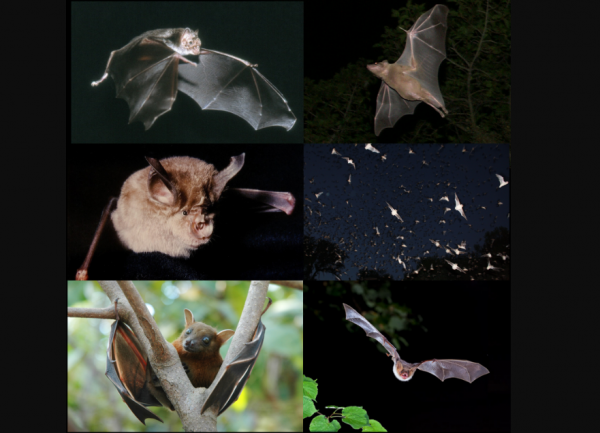
Alberta's largest Little Brown Myotis bats hibernation site has been discovered outside the Rocky Mountains. The Wildlife Conservation Society Canada and Alberta Environment and Parks made the announcement recently in regards to last month's findings.
The newfound site houses about 200 Little Brown Myotis bats which are listed under Canada's Species at Risk Act as an endangered species. The hibernation site is quite difficult to examine since it is made up of sulphuric acid that breaks down the bedrock. With the cave aside from being filthy and confined, the Chiropterans roost in cracks and fissures.
According to the Critchley of the Northern Alberta Institute of Technology (NAIT) and WCS Canada's BatCaver program in Alberta coordinator, Dave Critchley, "Finding a cave in Alberta's boreal forest inhabited by several hundred bats is a real breakthrough. It demonstrates that this kind of bat habitat may well exist in other non-mountainous areas throughout the boreal forest."
As Phys.org reported, the uncovering of the hibernation site became tremendously essential in western Canada because of the white-nose syndrome (WNS) which was prevalent in Washington State last year. The Little Brown Myotis bats infected with fungus are awakened and are forced to burn their fat intended for the winter season even before the arrival of insect season.
The spread of the white-nose syndrome in a hibernation site could wipe out more than 90 percent of the Little Brown Myotis bats hibernating in the cave. The disease ravaged bat colonies residing in the Eastern North America and might as well infect those in the West.
The researchers searched out the Alberta cave to collect some DNA as well as guano samples to study. They also installed ultrasonic bat detectors together with temperature and humidity loggers inside the cave to acquire more information about the bat colony that has been recently discovered. Moreover, scientists will be able to check on the Little Brown Myotis bats that enter and leave the cave and learn more about the nocturnal animal's behavior while hibernating, according to Science Daily.
Bats belong to the order Chiroptera and the only mammals that are capable of true flight. 70 percent of the winged animals feed on insects and are considered as natural pest control. One little Little Brown Myotis bat can consume of up to 1,000 mosquitoes in an hour.



